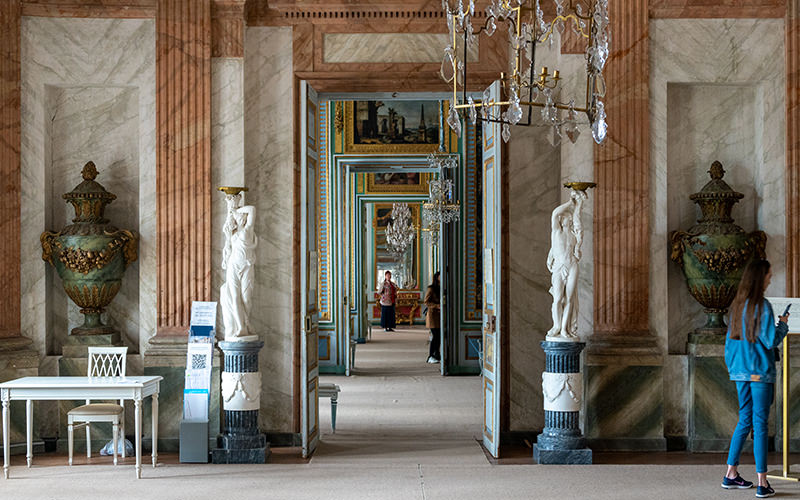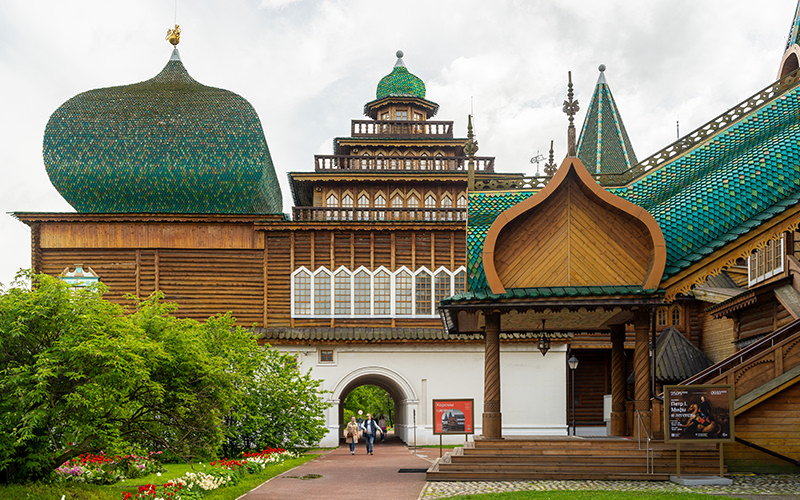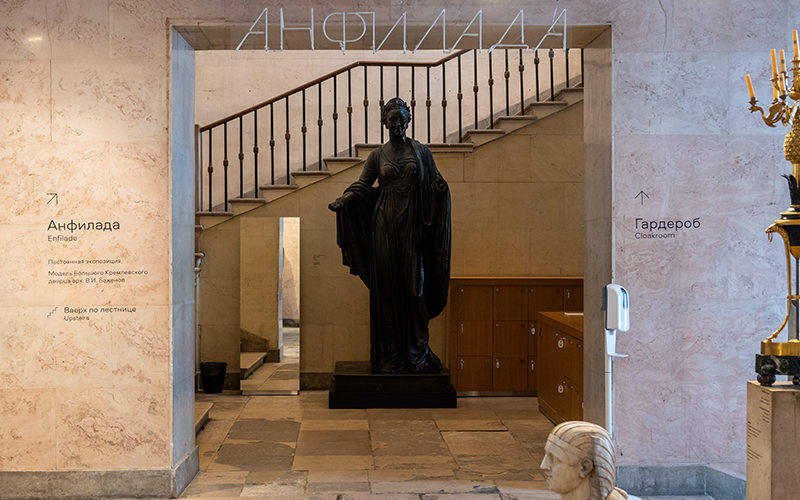Let's continue exploring the Kuskovo Estate Museum in Moscow. As a reminder, last time we learned about the history of this place, and today I want to focus on the park pavilions of the complex.
The estate ensemble with numerous buildings, the Grand House, and the park was established in the 1740s-1770s. Various pavilions were built on the complex grounds, introducing estate guests to distant countries such as China, America, Holland, France, and Italy.
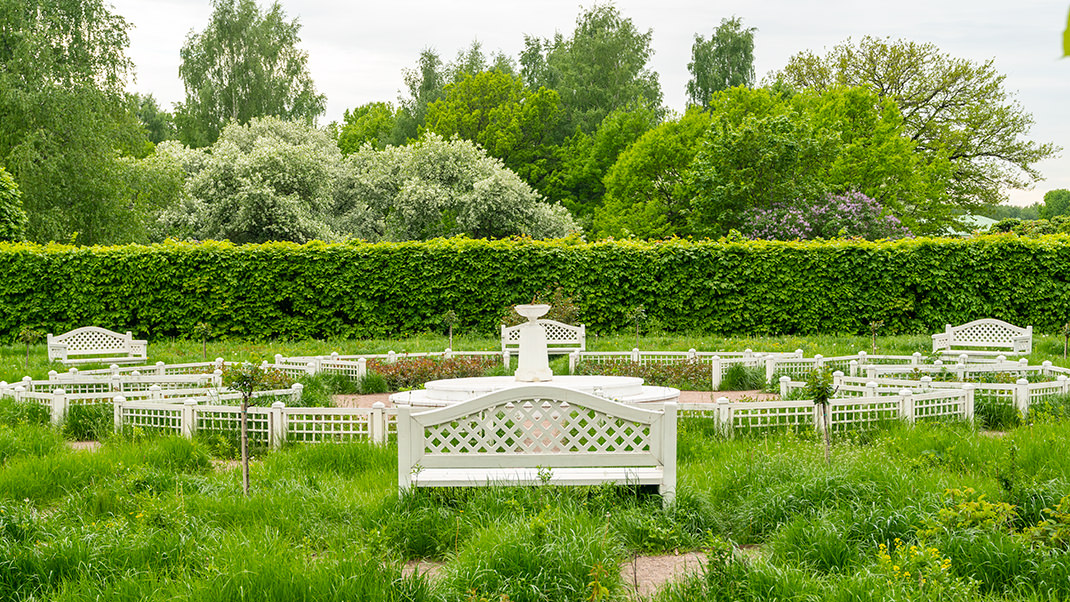
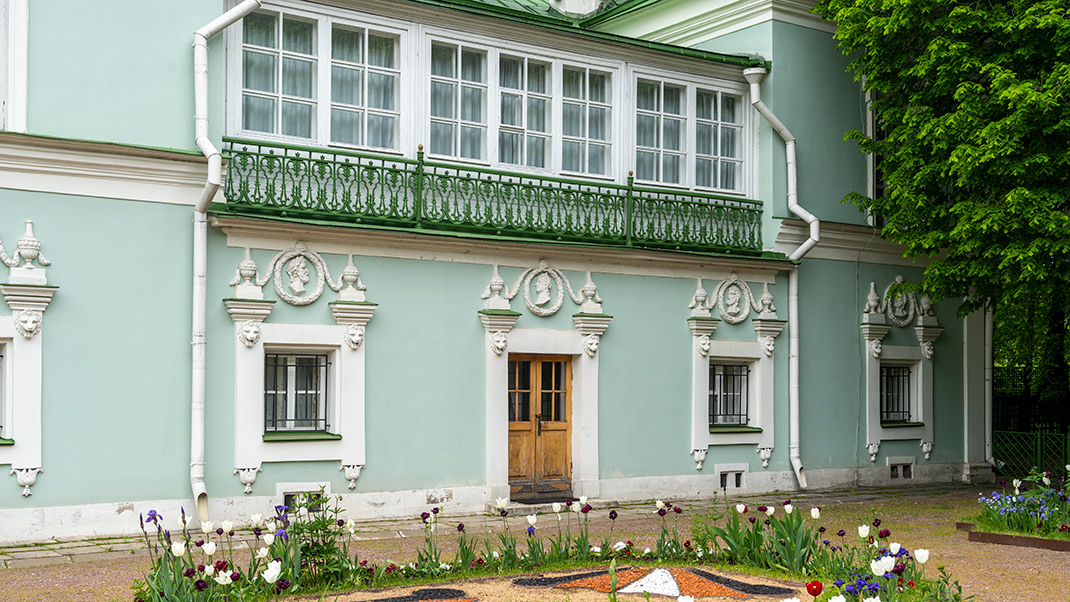
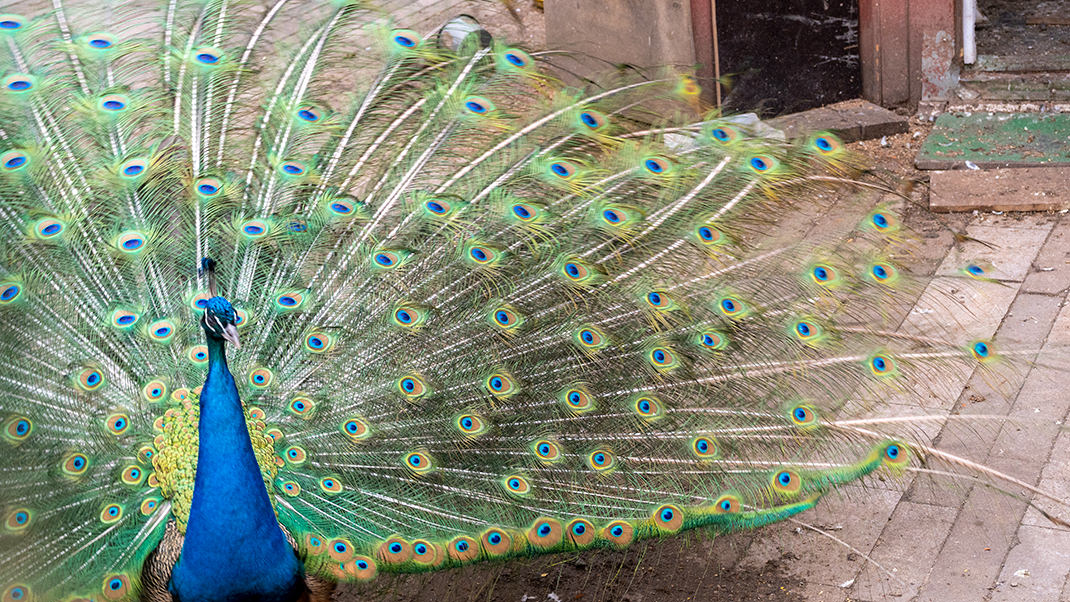
References to geographical objects can be found both in the names of the park structures and in their design. For example, in the western part of the park are located the Dutch and Swiss cottages. The first was built in 1749, while the latter appeared in the second half of the 19th century. On the opposite side of the plot is the Italian Cottage, built under the guidance of Yu. I. Kologrivov in 1754–1755. The building was used as an estate museum, housing originals and copies of works by European artists.
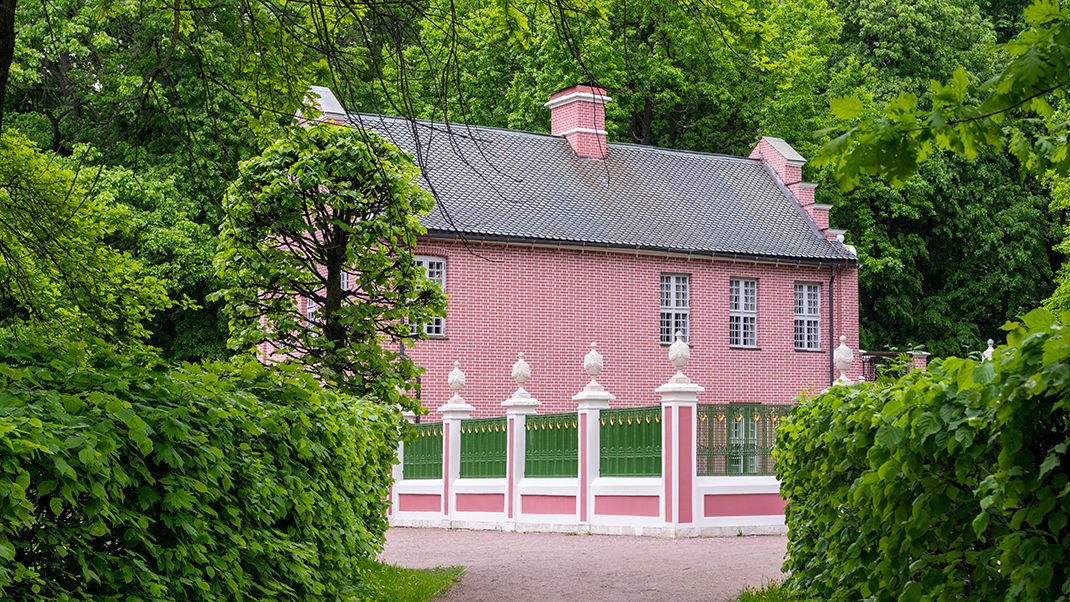
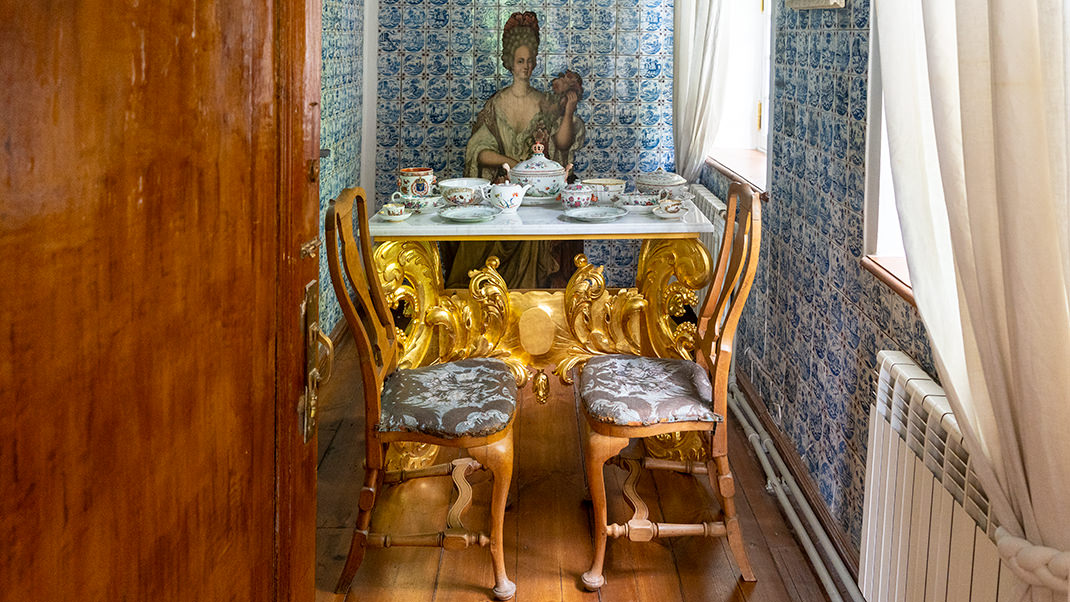
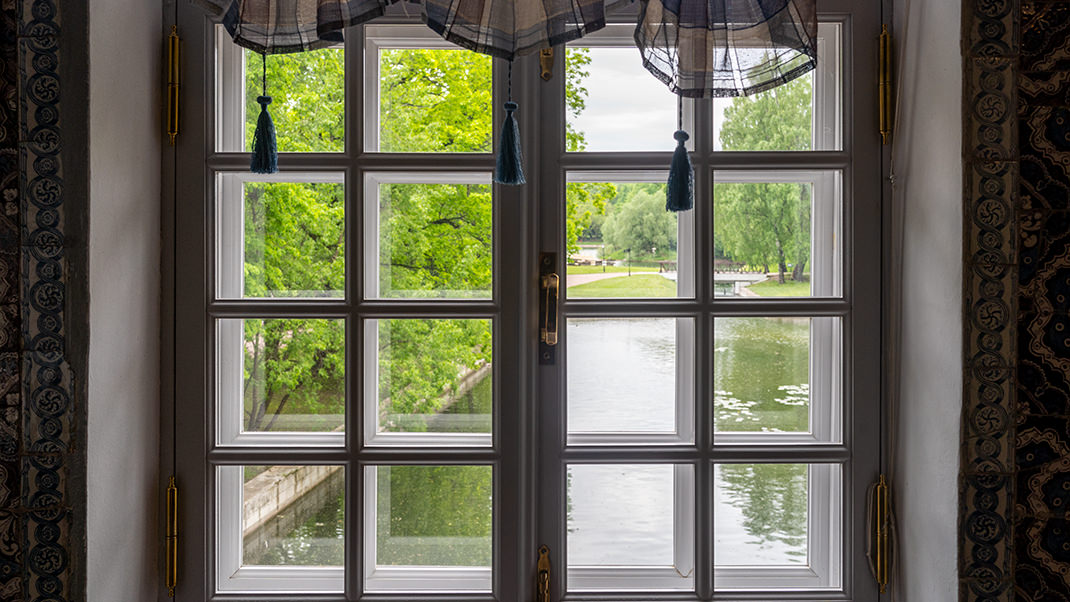
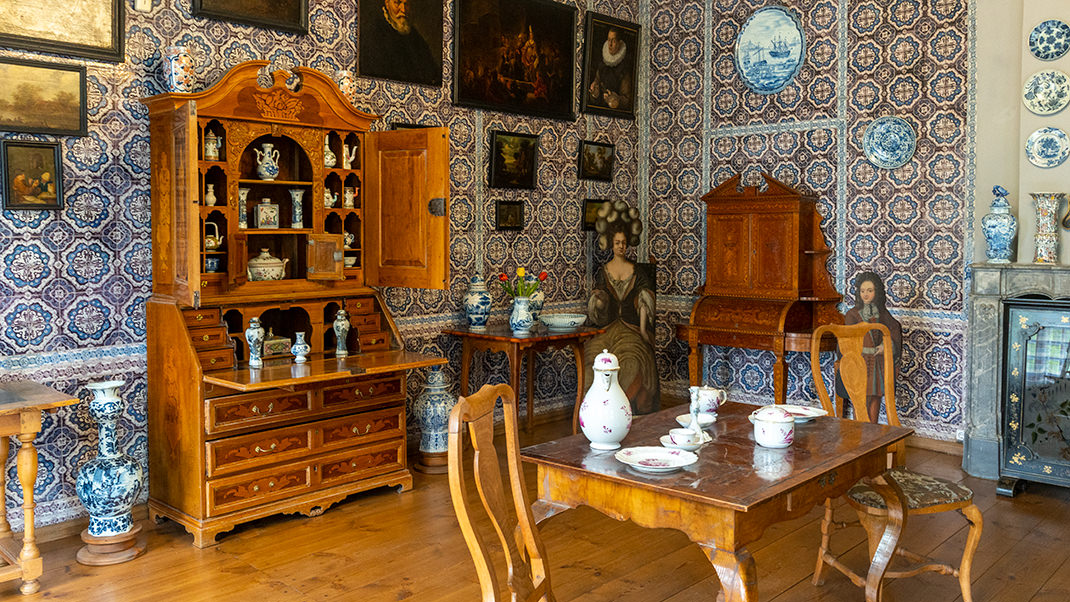
In 1765–1767, the Hermitage pavilion appeared in the park. The construction was supervised by K. I. Blank, who was involved in the creation of the Grand Estate House. The building was modeled after the pavilion of the same name in Peterhof. Today, temporary museum exhibitions are held in the Moscow Hermitage.
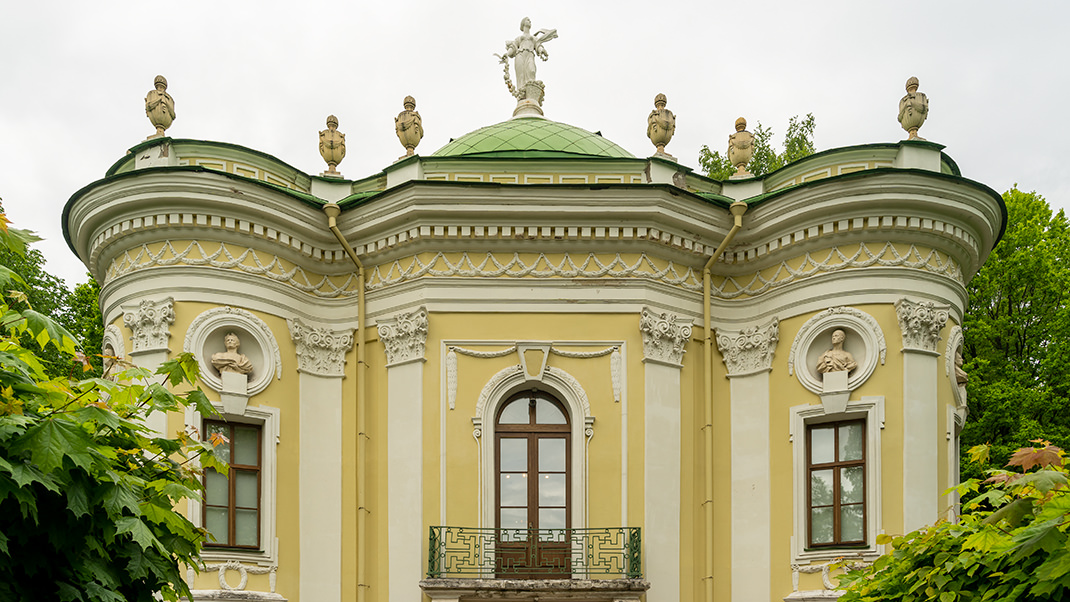
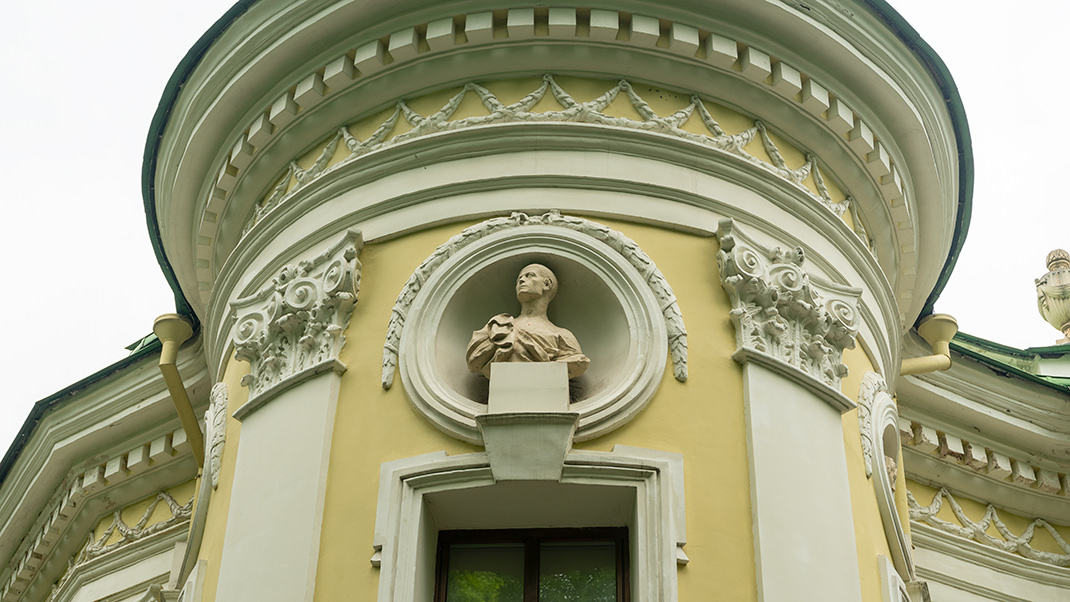
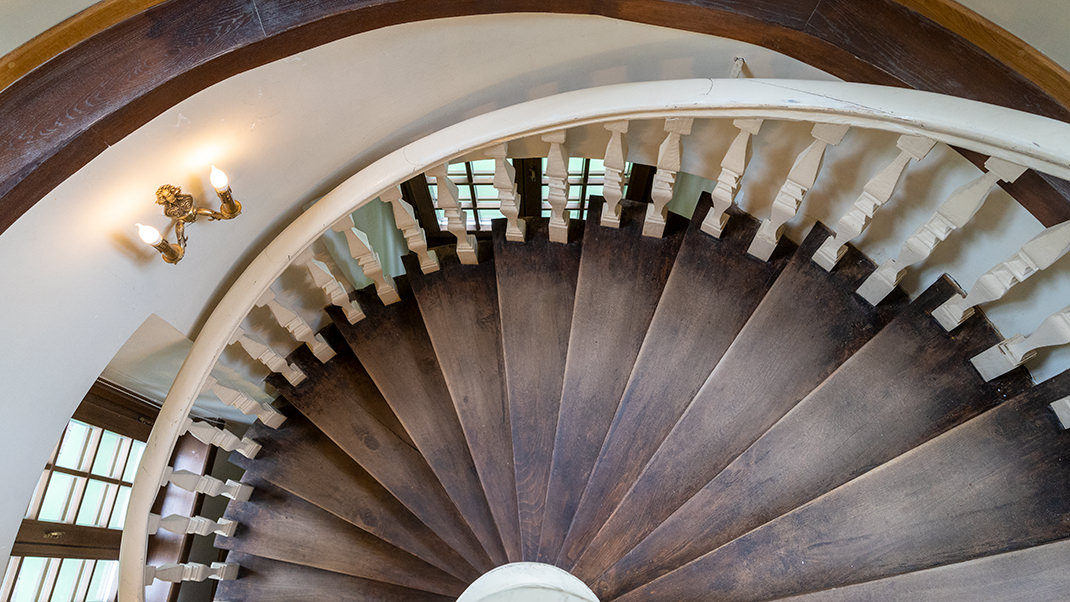
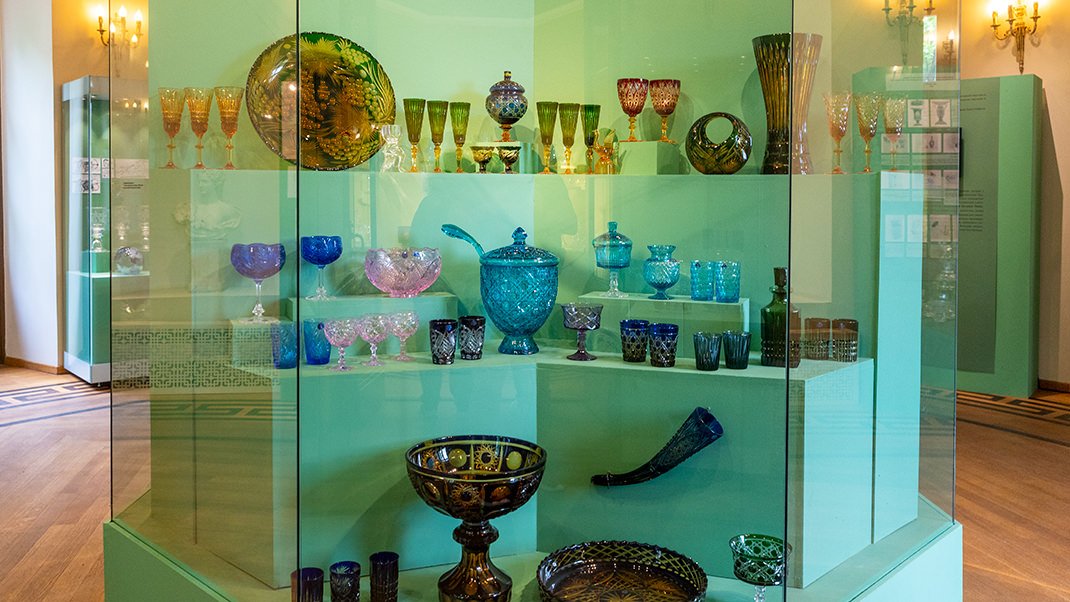
The largest pavilion in the complex is the Great Stone Orangery. It was designed by F. S. Argunov. Besides its main purpose, the building was used for hosting guests and featured a ballroom. Nowadays, it houses exhibition space and a portrait gallery. Adjacent to the Great Orangery is the American Orangery building, but it is currently closed for restoration.
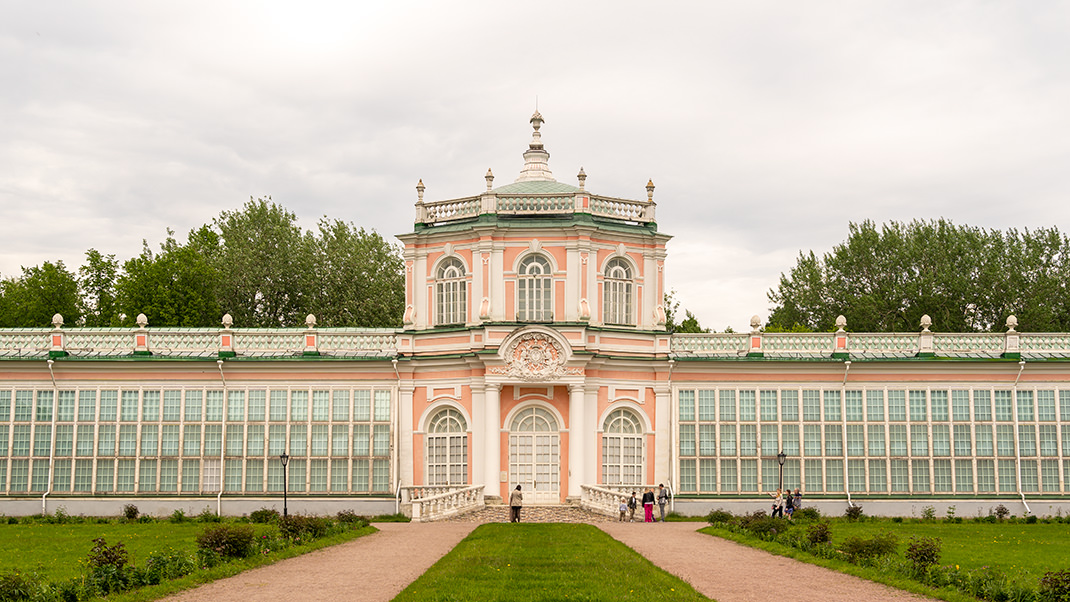
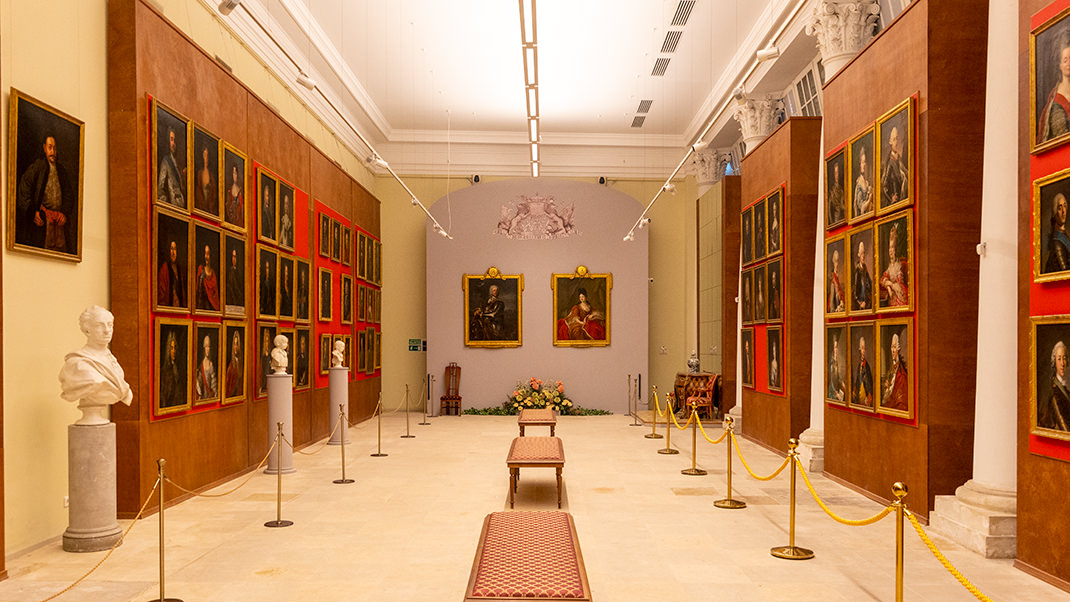
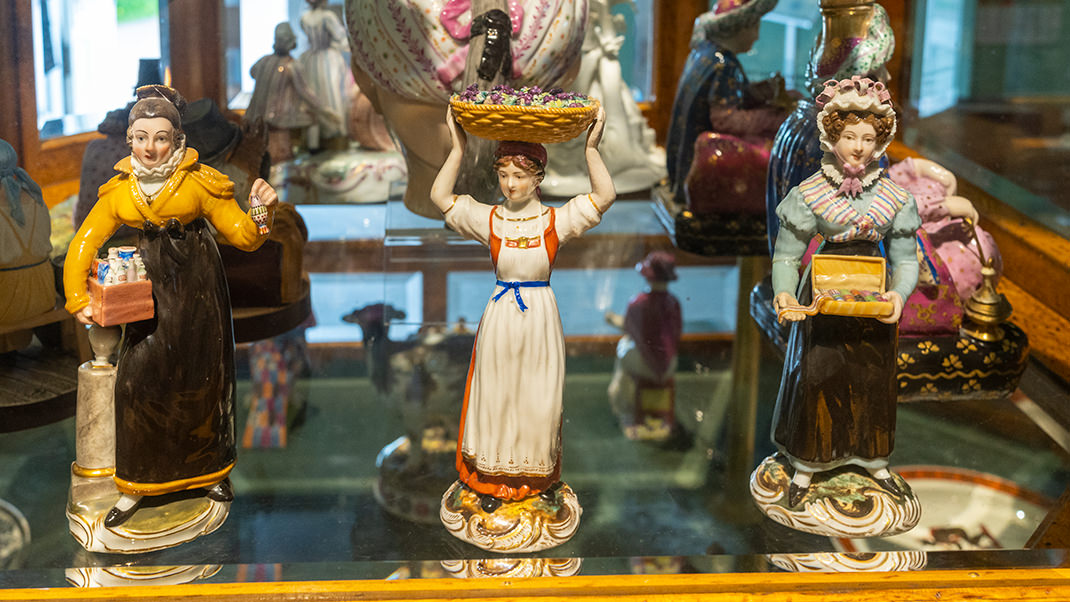
The most striking and memorable structure in the entire palace and park complex is the Grotto Pavilion. I have seen many interesting buildings, and I can confidently say that the Kuskovo Grotto deserves a place among the top architectural landmarks of our country.
The Grotto was erected in 1755–1761 by the same fortress architect of the Sheremetevs, Fyodor Semyonovich Argunov. The elegant interior of the pavilion in the Rococo style seems to transport the viewer into an underwater cave. The decoration of the pavilion includes natural stone, glass, mother-of-pearl, fragments of mirrors, and 24 species of seashells.
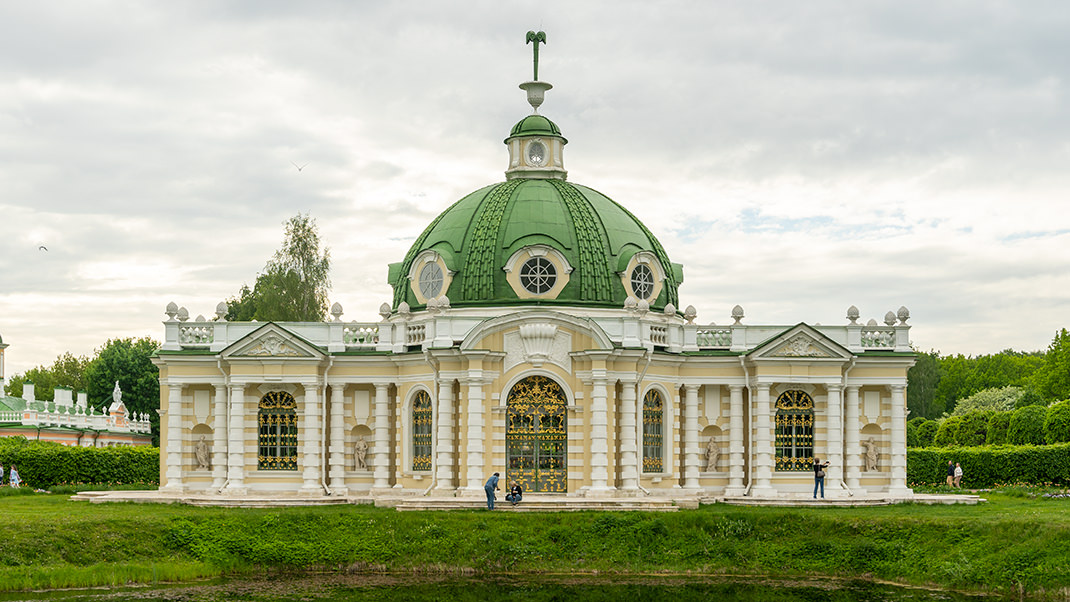
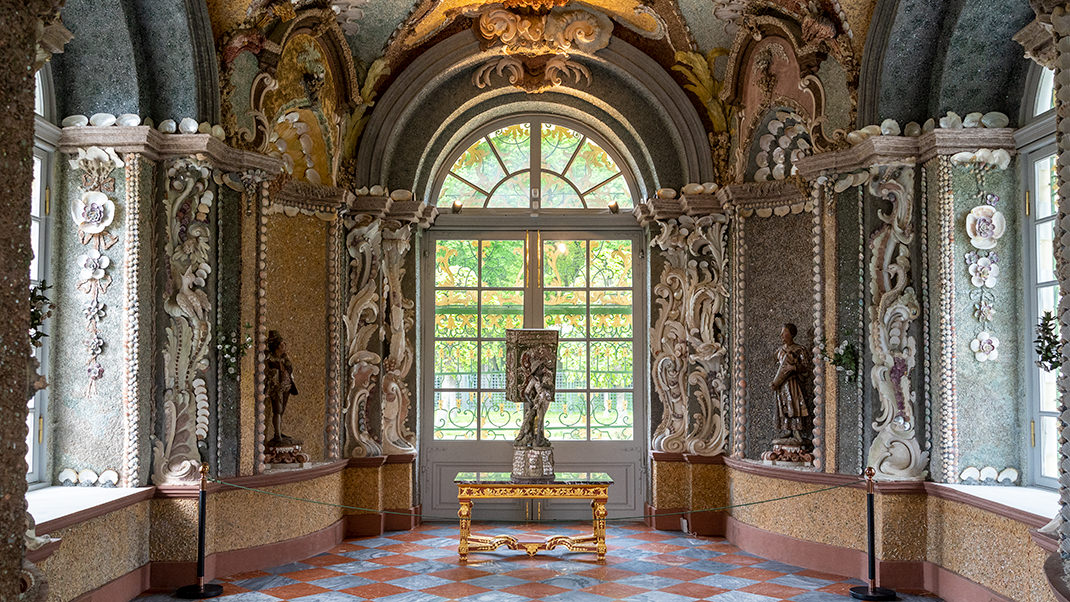
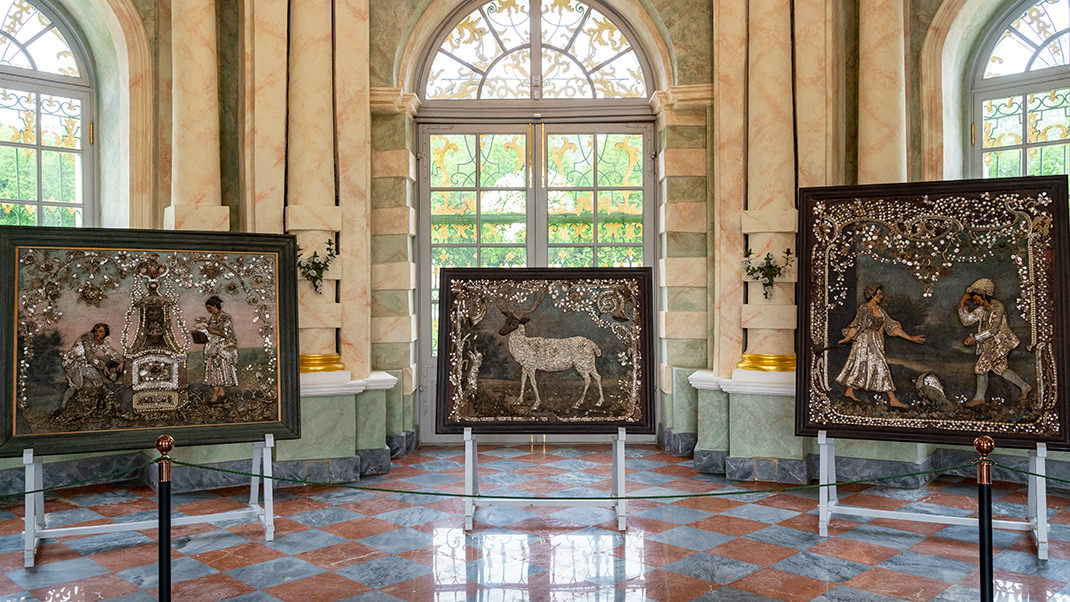
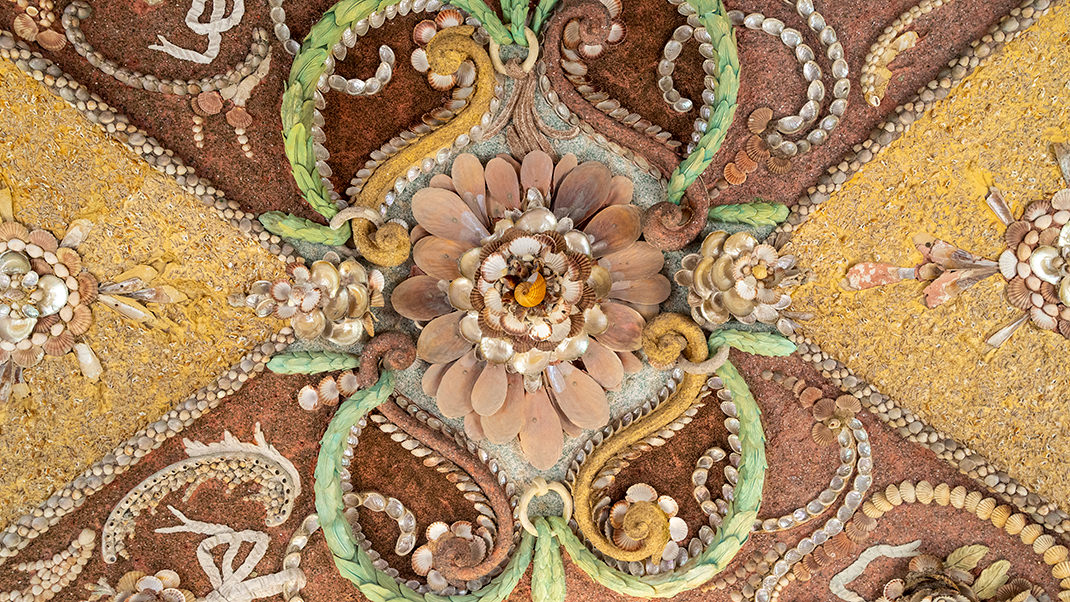
The Grotto is the only interior of its kind preserved in Russia to this day. From 2017 to 2019, extensive restoration work was carried out on the building, and today it stands before us in the form envisioned by its creators.
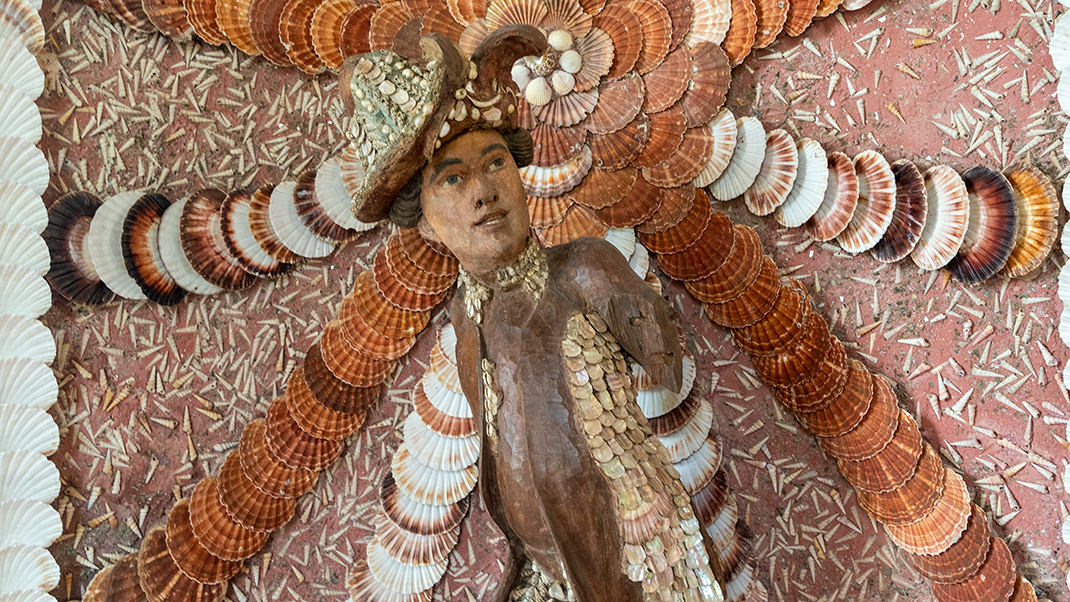
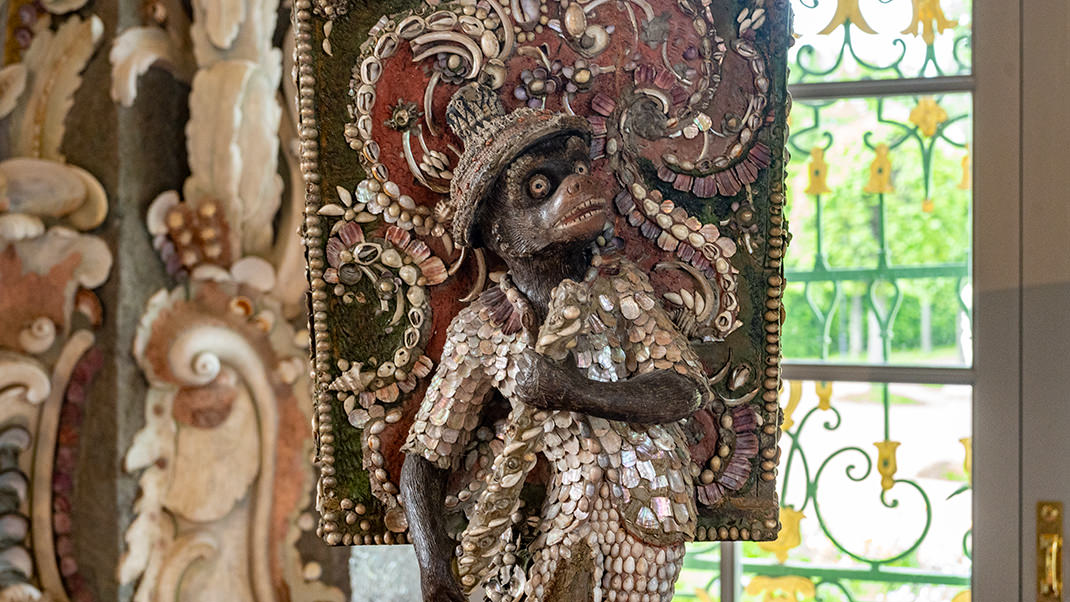
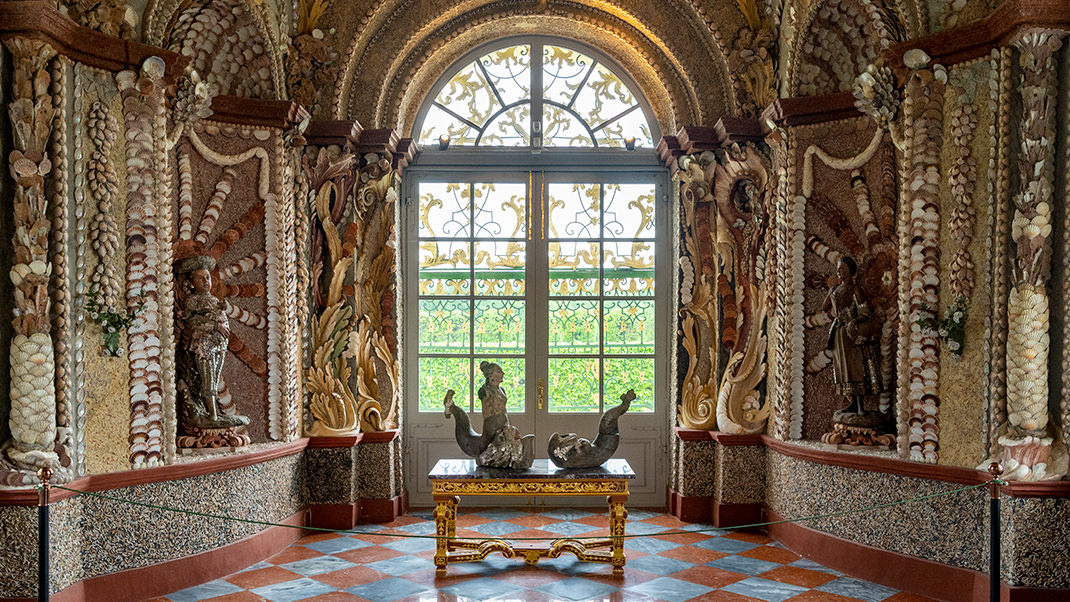
I conclude my story about the history of this amazing interior, but I want to remind you that exploring the Kuskovo complex can be spread out over several visits: tickets to the park, palace, and pavilions are sold separately, so guests can visit the Grand House and stroll the grounds on one occasion and, for example, make it a goal to explore every park pavilion on another visit.
I suggest continuing to explore the gardens and parks of the capital in my articles about "The Apothecary Garden," the Kolomenskoye Museum-Reserve, or the famous Alexander Garden near the ancient Kremlin walls.
Have a nice trip!


